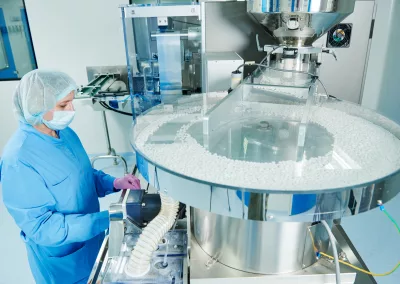Diagnostic tests play a crucial role in the identification, treatment, and management of various medical ...
In healthcare, the integration of artificial intelligence (AI) has emerged as a transformative force, particularly ...
In this blog, we'll explore the essential testing requirements for premarket submission of sterile medical ...
This blog will discuss why conducting mock FDA inspections is indispensable for life science companies.
Aseptic technique, the cornerstone of sterile drug manufacturing, plays a pivotal role in ensuring the integrity ...
In this blog, we'll explore the essentials of writing a comprehensive Clinical Evaluation Plan under EU MDR, ...
Whether it's biotech, environmental analysis, or materials science, the ability to precisely characterize chemical ...
. In this blog, we will discuss the intricacies of the EU's medical device regulatory submission process, ...
Recognizing the need for comprehensive reform to address evolving challenges and opportunities in the ...
In the dynamic world of regulatory compliance and quality assurance, timing is often critical. When companies face ...
In the realm of global trade and public health, the FDA plays a pivotal role in safeguarding consumers from unsafe ...
In the intricate landscape of pharma, medical device, and biotech, adherence to regulatory standards and ...

























